September 19, 2025
Transport
Understanding How NDIS Transport Funding Is Paid to You

Are you an NDIS participant wondering how to get the most out of your transportation funding? Navigating the National Disability Insurance Scheme (NDIS) can sometimes feel like a puzzle, especially when it comes to understanding how your funds are managed and paid. In this blog, we’ll break down the different ways NDIS transport funding is paid and how you can use it to enhance your independence and community access.
Breaking Down NDIS Transport Funding for You
Let’s start with the basics—NDIS transport funding is designed to support participants who can’t easily use public transport because of their disability. Its purpose is simple: to make sure you can get where you need to go, whether that’s work, study, medical appointments, or social activities. In short, it helps remove transport barriers so you can live a more connected and independent life.
The funding you receive depends on your personal situation, including how often you work, study, or engage in your community. It’s usually allocated across three levels, with higher levels available for participants who need extra support to stay involved in employment or education.
3 Paths to Paying for Your Supports
Which One Fits You Best?
So, how does the money actually get from the NDIS to you or your provider? There are three main ways your NDIS funding can be managed, and each has a different process for paying for your NDIS transportation and other supports.
Agency-Managed
If your plan is agency-managed, the National Disability Insurance Agency (NDIA) handles all the payments directly. When you use a registered provider for your transportation, they will submit an invoice to the NDIA through the myplace provider portal. You won't have to worry about the payment process yourself; the NDIA pays the provider directly from your plan budget. It’s a very hands-off approach for you as a participant, which many people find simple and convenient.
Plan-Managed
With plan management, you have more flexibility. A Plan Manager, which is a financial intermediary, manages your funding and pays your providers on your behalf. When you receive a bill for a transportation service, you simply forward the invoice to your Plan Manager. They then check that the service aligns with your plan goals and support categories, and process the payment from your NDIS funds. This option gives you the freedom to use both registered and unregistered providers, opening up more choices for your transportation needs.
Self-Managed
If you want full control, self-management gives you exactly that. The NDIS pays your transport funding directly into your bank account, and you pay your providers—whether that’s a taxi, rideshare service, or support worker. You then claim reimbursements through the myplace portal. This model puts you in charge, letting you choose providers freely and negotiate your own rates.
Turning Plans Into Action
Let’s look at some practical scenarios to help you understand the flow of payment.
Periodic Payments (For Self-Managers)
A common way for self-managed participants to receive their transport funding is through a regular, fortnightly payment. This is often referred to as a “transport allowance.” This lump sum is deposited directly into your bank account, and you use it to cover your transport costs. Importantly, this type of funding cannot be topped up from other Core support categories.


Invoicing (For Plan-Managed and Agency-Managed)
In contrast, if your funding is plan-managed or agency-managed, a provider will create an invoice for the service they’ve provided. This invoice will detail the date, the service provided (e.g., travel with a support worker, kilometre charges), and the total cost. For plan-managed funds, you send this to your Plan Manager. For agency-managed funds, the provider sends it directly to the NDIA. The funds are then “drawn down” from your allocated budget.
Flexibility within Core Supports
Here’s a key point. For those whose transport funding is not paid as a periodic allowance, it’s part of your Core Supports budget. This is great news, as Core Supports are generally flexible. This means that if you run low on your designated NDIS transportation funds, you can often use money from other Core Support categories, like “Assistance with Social and Community Participation,” to cover the cost.

Smart Ways to Do More With Your Funds
Understanding how your funding is paid is just the beginning. To truly get the most from your NDIS plan, it’s wise to keep good records, especially if you’re self-managed. Keep track of your receipts and invoices. Similarly, if you are plan-managed, having a clear service agreement with your providers from the start helps avoid any confusion later on.
Furthermore, remember that your NDIS plan can fund more than just getting from A to B. It can also cover things like the time a support worker spends driving you, as well as associated costs like road tolls and parking. Always discuss these details with your provider and ensure they are included in your service agreement.
Why Choosing the Right Provider Matters
Whether you’re agency-managed, plan-managed, or self-managed, the right provider can make all the difference. At Abled Care and Nursing Services, we specialise in simplifying the entire process for you.
We understand the complexities of NDIS transportation and payment systems, and our team is committed to making your journey smooth and stress-free. By working with all three management types, we provide seamless support that lets you focus on what truly matters: achieving your goals.
From explaining your invoices in simple terms to connecting you with the best transport options, Abled Care and Nursing Services is here to walk with you every step of the way. Reach out to us today and see how we can help you navigate your NDIS plan with confidence.






